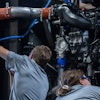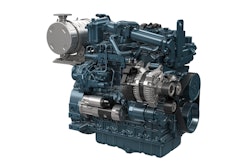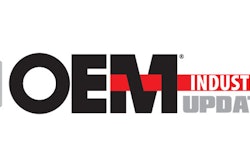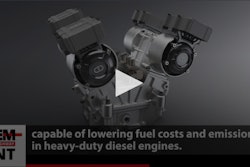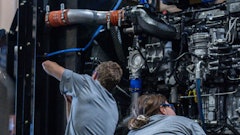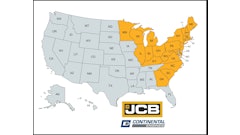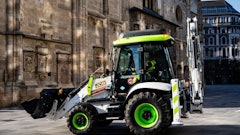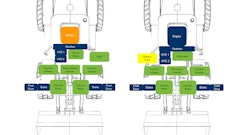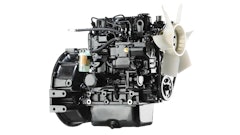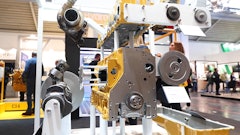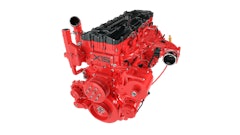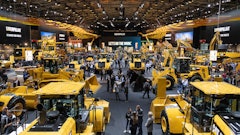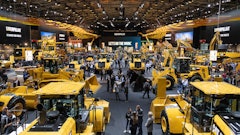
Hybridization is not a new concept, but has continued to evolve in the heavy-duty equipment industry as new power sources, technologies, and capacities become accessible and available. While hybridization is often thought of in terms of a vehicle or piece of equipment, it is the components and systems in those vehicles to which hybrid technology is applied.
And as hybrid technology as evolved over the years, so have the types of systems to which hybridization can be applied. Over the last couple of years, hybrid engine concepts pairing a smaller sized engine with batteries, motors and other electronic components have become more prevalent.
Many engine manufacturers are seeing a compelling argument for hybridization beyond just the cleanliness and efficiency gains; hybrid engines allow for lower horsepower options and thus more compact engines to be utilized, as well as providing OEMs and customers with more options to optimize their fuel or power choice based on preference and availability.
New technologies entering the market
At the 2020 edition of CONEXPO-CON/AGG, almost every engine manufacturer had some sort of hybrid engine concept on display. While they all have their own unique features, there are some common attributes among many of them—a downsized engine, ability to run on various fuel types and integration of electronic components.
Kubota Engines, for example, showcased the latest iteration of its Micro-Hybrid system which incorporates a 48V motor generator in place of a traditional alternator. The purpose is to only activate the electric motor’s 10 kW (13.4 hp) power boost capabilities when intermittent overloads need to be handled so that engine selection doesn’t need to be based on peak energy, but rather the frequent power demands of normal work functions.
The V3307 Micro-Hybrid system prototype integrates with the electronic engine management control, making it compatible with many of Kubota’s existing diesel, gasoline, LPG and natural gas engines across various power ranges. Utilizing an independent driveline, the Micro-Hybrid system maintains accessibility to the existing PTO positions of a conventional engine, making it suitable for both existing applications and new applications that may require a more compact design.
Both Caterpillar Inc. and FPT Industrial debuted their hybrid engine concepts for the first time at CONEXPO. The hybrid version of FPT's F28 modular, multi-power engine is particularly suited for light construction equipment and the rental market the company says due to the inclusion of a “light EGR” and DOC (diesel oxidation catalyst). “Since we don’t have a lot of particulate matter, we don’t need a lot of filtering which is how our unit can be so small,” explains Braden Cammauf, Head of FPT Industrial Brand North America.
The concept hybrid engine pairs a diesel engine with an e-flywheel. The electric motor adds 27 hp (20 kW) of continuous power and 40 hp (29.8 kW) of peak power; an optimized Start & Stop function provides smoother engine starting, aiding productivity as well as comfort for machine operators.
Caterpillar's Cat C18 hybrid concept is designed to optimize machine performance by capturing surplus energy through a parallel hybrid system which can be re-introduced back into the machine when necessary.
Read the full article on our sister site ForConstructionPros.com.




